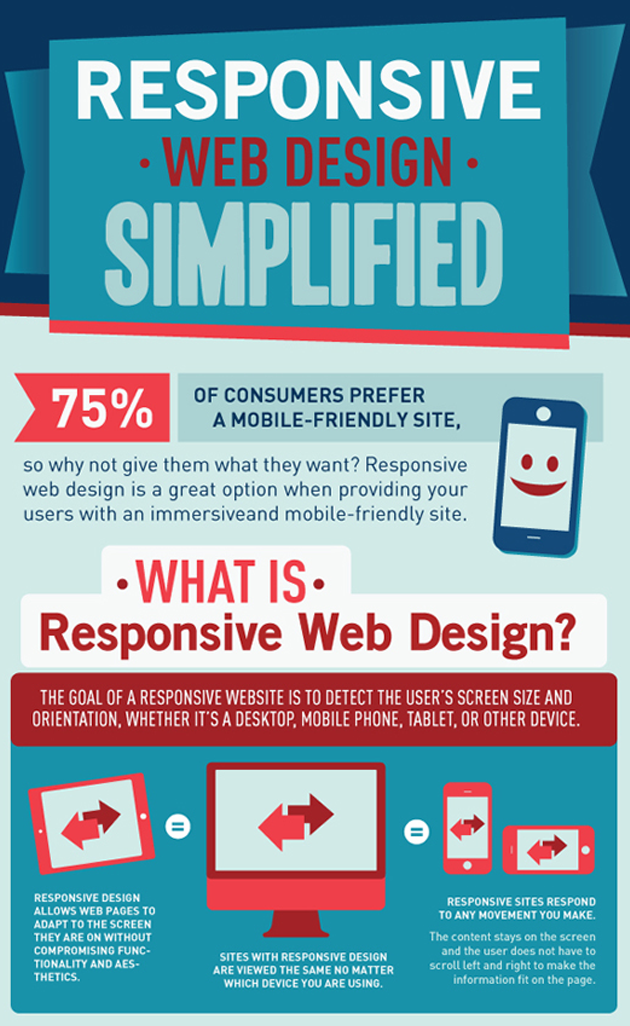Fundamental Facets Of Website Design: Guidelines For Developing A User-Centric Website
Fundamental Facets Of Website Design: Guidelines For Developing A User-Centric Website
Blog Article
Post Composed By-Christophersen Ehlers
When it concerns website style, making certain user-friendliness is vital. From receptive layout to structured navigating, every component plays an important function in developing a site that caters to your audience's needs. However what about the finer information that can make or damage a customer's surfing experience? Keep tuned as we discover some often-overlooked tips that can raise your site's use to the following level, making it really attract attention in the electronic landscape.
Significance of Responsive Design
Responsive design is a critical aspect of contemporary site development. Guaranteeing your website is responsive methods that it can adapt to different screen dimensions and tools, supplying a smooth experience for users.
With the boosting use of smart devices and tablets to access the web, having a receptive style is necessary for reaching a bigger target market. It assists in boosting individual experience by making your web site simple to browse and continue reading any type of gadget.
In addition, receptive layout can favorably impact your search engine positions, as search engines like Google focus on mobile-friendly internet sites. By having a receptive design, you're additionally future-proofing your website, as new gadgets with varying display sizes continue to emerge.
Simplify Navigating Framework
To improve individual experience and help with very easy accessibility to info on your site, enhancing the navigating structure is paramount. When creating your website, focus on developing a clear and intuitive navigation menu that aids site visitors find what they're seeking swiftly.
Limitation the variety of food selection products to the essentials, organizing relevant pages with each other to stay clear of overwhelming customers. Use descriptive tags that clearly show the content of each web page, making it easier for customers to understand where each link will take them.
Take into consideration applying dropdown menus for subcategories to avoid cluttering the major navigating bar. In addition, consist of a search bar plainly on the web page for users that prefer looking for details information.
Prioritize mobile responsiveness in your navigating style to ensure easy accessibility on all devices.
Optimize Web Page Lots Rate
Improving page load rate is crucial for preserving visitors on your web site. Slow-loading pages irritate customers and can bring about high bounce prices. To optimize web page load speed, beginning by optimizing photos. Compress pictures without compromising quality to lower their file dimensions.
Additionally, enable Recommended Browsing caching to store regularly accessed resources locally, speeding up tons times for returning site visitors. Minify CSS, JavaScript, and HTML files by getting rid of unnecessary characters, remarks, and formatting, boosting tons speed.
Consider utilizing a content delivery network (CDN) to disperse your website's material throughout numerous web servers worldwide, decreasing latency for individuals accessing your site from various areas. Lastly, restrict using search engine optimization marketing strategy -party scripts and plugins, as they can considerably influence tons times.
Verdict
To conclude, by including receptive style, simplifying navigating, and enhancing web page tons speed, you can develop an easy to use web site that appeals to a bigger audience and improves individual experience. These essential elements make certain that visitors can quickly gain access to and navigate your site throughout various devices, leading to increased involvement and fulfillment. By focusing on these vital elements, you can construct an effective web site that maintains users coming back for even more.
